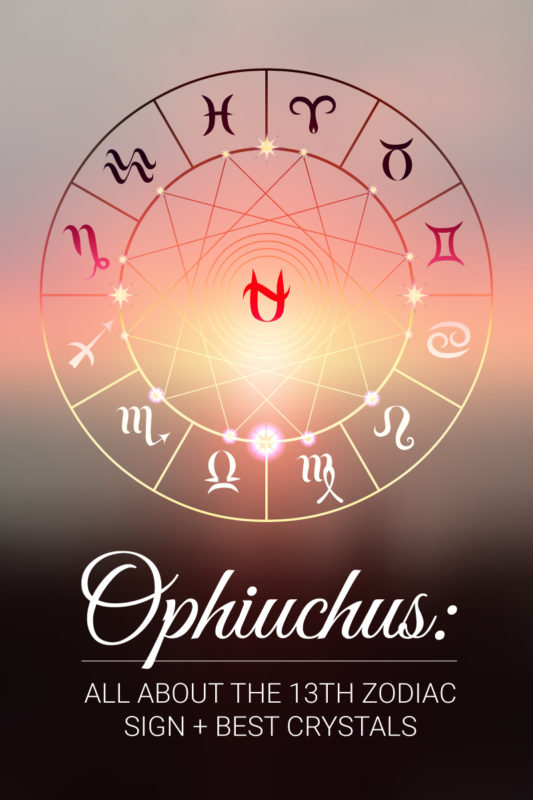Astrology has always been a subject of fascination and intrigue, captivating the minds of many who seek to understand the mysteries of the universe. Among the most debated topics in astrology is the concept of the 13th sign, Ophiuchus. This serpent-bearer constellation challenges the traditional zodiac as we know it, sparking conversations about its potential inclusion and the implications it may have on our understanding of celestial signs.
Discover the Mystery of the 13th Sign Ophiuchus: Why It Challenges Traditional Astrology. The introduction of Ophiuchus into the astrological discourse raises questions about the foundations of astrology itself. By examining this enigmatic constellation, we delve into the historical context, astronomical significance, and the cultural impact it could have if recognized as part of the zodiac. Let's explore what makes Ophiuchus so unique and how it might reshape our cosmic perspective.
The Origins of Ophiuchus
Ophiuchus, often referred to as the serpent-bearer, is a constellation that lies between Scorpio and Sagittarius. According to popular news outlets, this long-lost piece of the zodiac puzzle has been overlooked for centuries. Historically, the Babylonians crafted the zodiac by dividing the sky into twelve equal parts, each representing a different sign. However, they excluded Ophiuchus because it didn't align with their numerical framework.
This exclusion has sparked debates among modern astrologers and astronomers alike. While some argue that Ophiuchus deserves recognition within the zodiac, others maintain that its presence disrupts the balance and harmony of the existing system. Understanding the origins of this constellation provides insight into why it continues to challenge traditional astrological beliefs.
As astrology evolves, the consideration of Ophiuchus offers an opportunity to reassess the boundaries of celestial mapping and redefine what constitutes a zodiac sign.
Exploring the Astronomical Perspective
Astronomically speaking, Ophiuchus is indeed a constellation along the ecliptic path where the sun travels throughout the year. Despite this fact, it hasn't traditionally been included as one of the zodiac signs. The question remains: does its location warrant its inclusion? Proponents suggest that recognizing Ophiuchus would enhance the accuracy of astrological interpretations by acknowledging all constellations intersecting the ecliptic.
Opponents argue that adding a thirteenth sign would complicate the established structure of astrology, which relies heavily on the number twelve. They believe that maintaining consistency is crucial for preserving the integrity of astrological principles. Furthermore, the symbolic meanings attributed to each sign are deeply rooted in history and culture, making any alteration significant.
Incorporating Ophiuchus into the zodiac requires careful consideration of both scientific evidence and traditional values. Balancing these perspectives ensures that astrology remains relevant while respecting its historical roots.
Cultural Implications of Ophiuchus
Beyond its astronomical relevance, Ophiuchus carries profound cultural significance. Often associated with healing, magic, and feminine energy, this sign embodies aspects of life frequently undervalued or misunderstood in contemporary society. Its connection to the ancient goddess figure highlights themes of empowerment and reclamation, resonating with those seeking deeper spiritual connections.
The serpent, a symbol closely tied to Ophiuchus, represents transformation and wisdom—qualities highly revered in various mythologies around the world. Recognizing Ophiuchus as a legitimate zodiac sign could inspire renewed appreciation for these timeless archetypes and foster greater inclusivity within astrological practices.
Ultimately, embracing Ophiuchus invites us to reflect on broader societal issues surrounding representation and diversity. By expanding our understanding of the zodiac, we open doors to new possibilities for personal growth and collective enlightenment.

